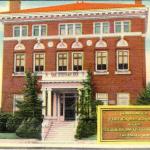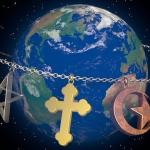In the Old Testament, “flesh” physically describes the musculature of the body; the skin is the boundary between the world and the flesh, and there is a distinction made between the flesh and the heart or internal organs. Both in animals and men, “flesh” denotes the “meaty” portions of a body. This is in the background of the use of the word “flesh” in the laws of impurity in Leviticus 12-15. When the flesh breaks through the boundary of the... Read more
















